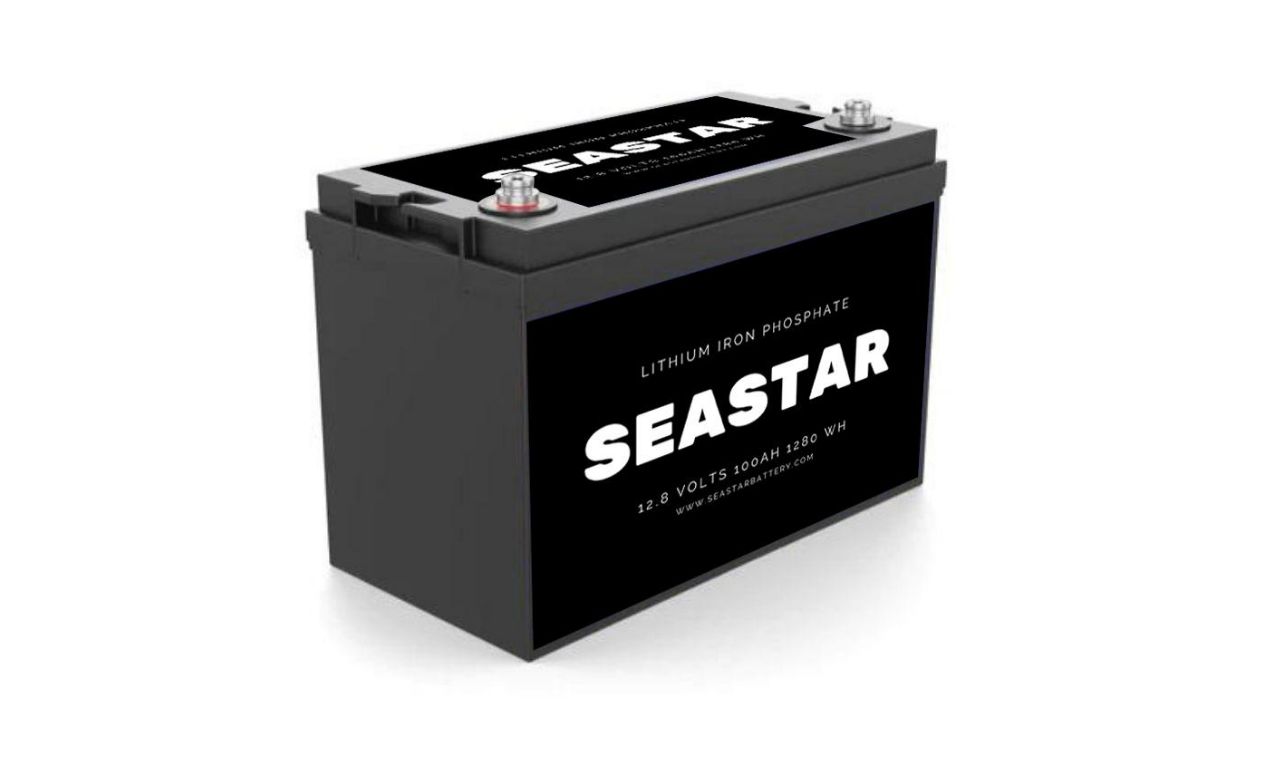As a leading lithium battery manufacturer based in Shenzhen, China, Seastar Battery is dedicated to providing comprehensive information on various battery types. In this blog post, we will delve into the world of RV batteries, discussing different types, their applications, and important maintenance considerations. Whether you are a global procurement professional or an importer, this knowledge will assist you in making informed decisions for your RV power needs.
Table of Contents
Chassis Battery
Also known as the starter battery, the chassis battery is responsible for powering the engine of your drivable RV. It delivers high currents for short durations and features thin plates to maximize electrolyte exposure. Key characteristics include:
Rated in Cold Cranking Amps (CCA)
Unsuitable for deep cycle applications
12 Volt Battery
The 12-volt battery, also referred to as the house battery, provides power to home appliances in your RV, such as the microwave, refrigerator, and TV. It is a deep-cycle battery designed for frequent discharging and recharging, offering the following
12-Volt Battery features
Rated in Amp Hours (AH) or Reserve Capacity (RC)
Provides steady current over extended durations
Types of Deep Cycle Batteries
Flooded Lead-Acid Battery
Commonly known as wet-celled batteries.
Available in serviceable and value-regulated lead-acid (VRLA) styles.
VRLA batteries are leak-proof and ideal for marine applications.
Absorbed Glass Mat (AGM) Battery
Contains a fibrous mat between plates.
More expensive but offers leak-proof and maintenance-free operation.
Resistant to freezing temperatures.
Lithium-Ion Battery
Increasingly used for deep cycle applications.
Lightweight and compact with high power output.
Incorporates internal management systems for safety

LITHIUM RV Battery
Seastar Battery is dedicated to providing premium-quality products and exceptional customer service. Our 12V 100AH Lithium Ion RV Battery is engineered to meet the demands of international buyers and importers seeking reliable and high-performance power solutions for their RVs
Amp Hour Rating and Marine Batteries
The amp hour rating indicates how long a battery can run before recharging.
Marine batteries, designed for boats, typically have higher amp hour ratings.
Factors Affecting Battery Life Expectancy:
Battery type, usage habits, frequency of RVing, and maintenance practices impact battery lifespan.
Proper discharge and recharge cycles, as well as appropriate storage conditions, are crucial.
Maintaining RV Battery Life
Recharge batteries after use to prevent damage.
Utilize the built-in battery charger when the RV is plugged in.
Avoid overloading the battery with excessive amperage.
Regularly inspect and maintain lead-acid batteries.
Use compatible chargers for lithium-ion batteries.
Choosing Deep Cycle Batteries for RVs
Different sizes are available, designated by group size.
Larger batteries provide higher amp hours.
Consider space limitations and desired performance when selecting batteries.
Common Causes of RV Battery Failure
Frequently discharging without proper recharging leads to sulfation, hardening, and crystallization of sulfate.
Prolonged discharge periods can permanently damage the battery.
Overcharging:
Charging batteries for too long or at high power levels can result in water loss and plate corrosion.
Conclusion:
Seastar Battery understands the importance of reliable and efficient RV batteries. By exploring the various types and understanding their applications and maintenance requirements, you can make informed decisions when selecting batteries for your RV. As a trusted lithium battery manufacturer, we are committed to providing high-quality battery solutions that meet the diverse needs of international procurement professionals and importers in the RV industry.